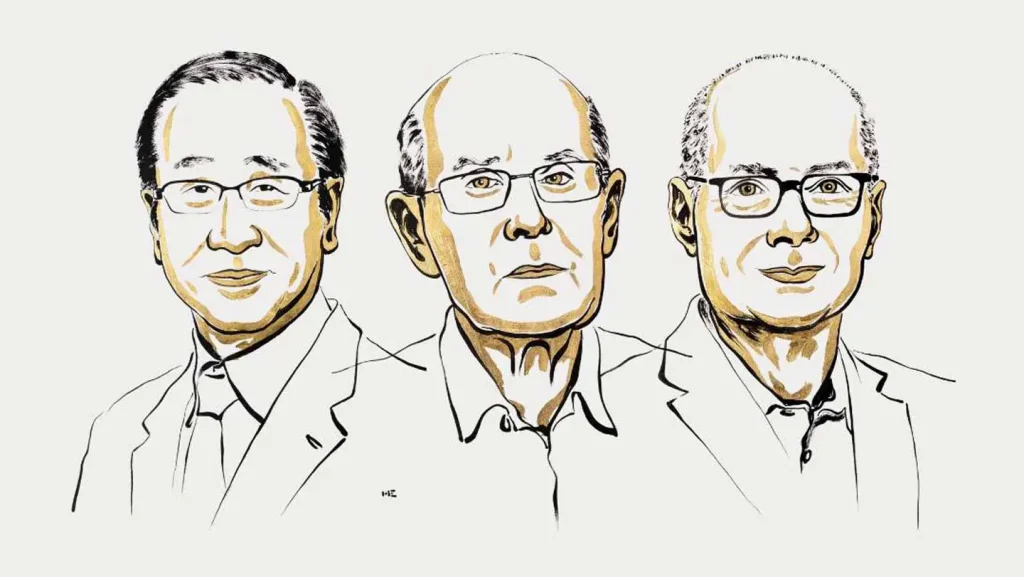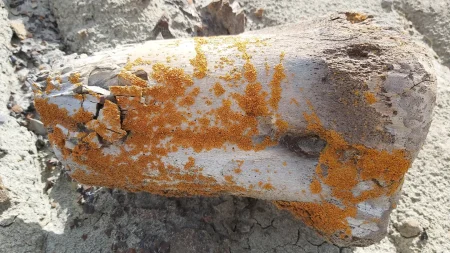Revolutionizing Chemistry: The Pioneers Behind Metal-Organic Frameworks
The world of chemistry was forever changed when three brilliant minds—Richard Robson, Susumu Kitagawa, and Omar Yaghi—pioneered the development of metal-organic frameworks (MOFs). These remarkable structures, which combine metal ions with organic molecules to create highly porous materials, have opened new frontiers in addressing some of humanity’s most pressing challenges. From extracting water from desert air to capturing carbon dioxide emissions, their groundbreaking work has transformed theoretical chemistry into practical solutions with far-reaching implications for our sustainable future.
Richard Robson, an Australian chemist, laid the foundational groundwork in the late 1980s and early 1990s. Working at the University of Melbourne, Robson was the first to conceptualize and synthesize these coordinated network structures, combining metal ions with organic linkers to create three-dimensional frameworks. What made his approach revolutionary was the deliberate design of these materials—rather than accepting whatever structure nature provided, Robson envisioned specific geometric arrangements and then built them molecule by molecule. His 1990 publication demonstrating a copper-based framework with diamond-like connectivity marked the birth of a new field, though few at the time could predict how transformative it would become. With quiet determination and scientific rigor, Robson established the principles that would guide generations of researchers in creating designer materials with precisely controlled properties.
Across the Pacific in Japan, Susumu Kitagawa was advancing similar concepts with his own innovative approach. At Kyoto University, Kitagawa made a critical breakthrough in the late 1990s when he demonstrated that these frameworks could maintain their porosity even after the removal of guest molecules—a property previously thought impossible. This characteristic, known as “permanent porosity,” transformed MOFs from scientific curiosities into functional materials. Kitagawa’s warm, collaborative research style fostered an environment where his team could explore the dynamic nature of these frameworks, showing how they could expand, contract, and adapt to different molecules. His 1997 paper describing gas adsorption in these materials helped establish MOFs as promising candidates for gas storage and separation. Through decades of meticulous research, Kitagawa has continued to expand the boundaries of what these materials can achieve, particularly in environmental applications.
The field gained tremendous momentum when Omar Yaghi, born in Jordan and later working in the United States, entered the scene with his characteristic enthusiasm and visionary approach. While at the University of Michigan and later UC Berkeley, Yaghi introduced systematic design principles that allowed for unprecedented control over MOF structures. He coined the term “reticular chemistry”—the science of stitching molecular building blocks into predetermined structures—and demonstrated that frameworks could be designed with specific pore sizes and chemical functionalities. His creation of MOF-5 and the highly porous MOF-177 shattered records for surface area, with just a gram of material having the equivalent surface area of a football field. Yaghi’s gift for communicating the potential of these materials helped attract global attention and funding, accelerating development of practical applications. His passion for addressing global water scarcity led to water-harvesting devices that can extract moisture even from desert air, potentially bringing relief to millions without access to clean water.
The collaborative nature of science means that these three pioneers, while sometimes working independently, built upon each other’s discoveries in ways that amplified their collective impact. Their complementary approaches—Robson’s fundamental design principles, Kitagawa’s insights into dynamic behavior, and Yaghi’s systematic framework for reticular chemistry—created a rich scientific ecosystem that has attracted thousands of researchers worldwide. Today, more than 90,000 different MOF structures have been reported, each with unique properties tailored to specific applications. These materials are being developed for methane storage in vehicles, carbon dioxide capture from power plant emissions, drug delivery systems for medicine, sensors for detecting hazardous substances, and catalysts for more efficient chemical processes. The field they created represents one of chemistry’s most rapidly growing areas, with new applications emerging regularly as researchers continue to explore the vast possibilities these frameworks offer.
The story of metal-organic frameworks demonstrates how fundamental scientific curiosity can lead to solutions for humanity’s most significant challenges. From Robson’s initial concepts to Kitagawa’s demonstration of permanent porosity to Yaghi’s systematic expansion of the field, these scientists have shown how chemistry can be harnessed to address environmental sustainability, energy efficiency, and resource scarcity. Their work exemplifies how scientific breakthroughs often require decades of persistent research before reaching practical application. As climate change intensifies and resource constraints tighten, the materials these pioneers developed offer powerful tools to help humanity navigate toward a more sustainable future. Their legacy lies not just in the frameworks they created but in demonstrating how designed materials can transform our relationship with the molecular world—capturing what we need, storing what we value, and helping us use resources more wisely in an increasingly crowded planet.















